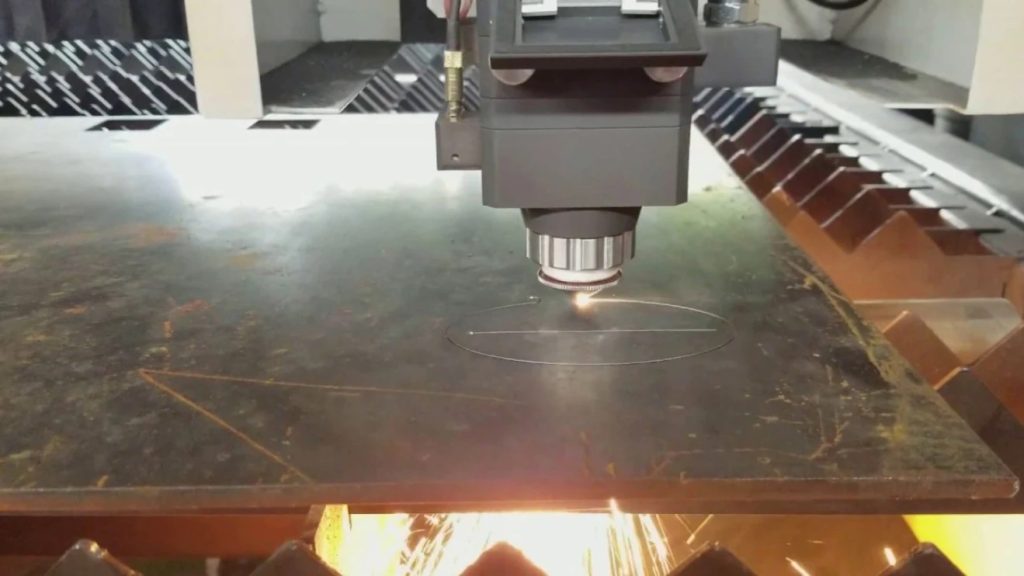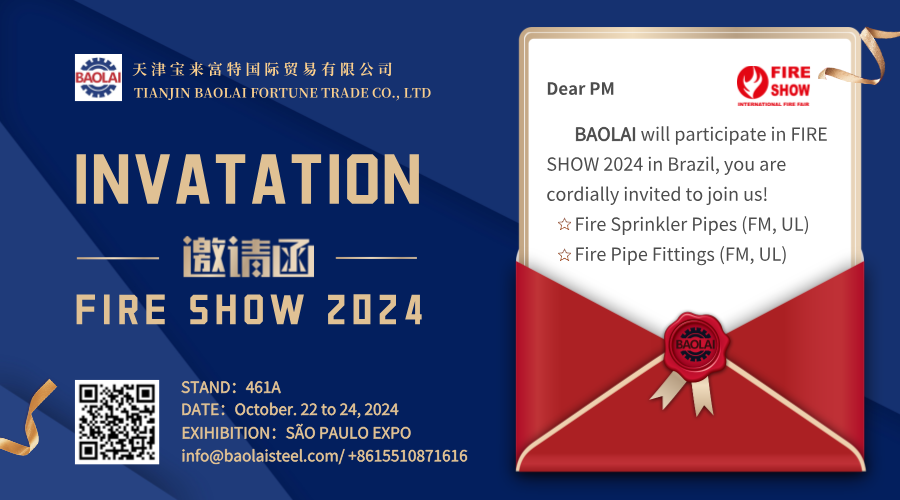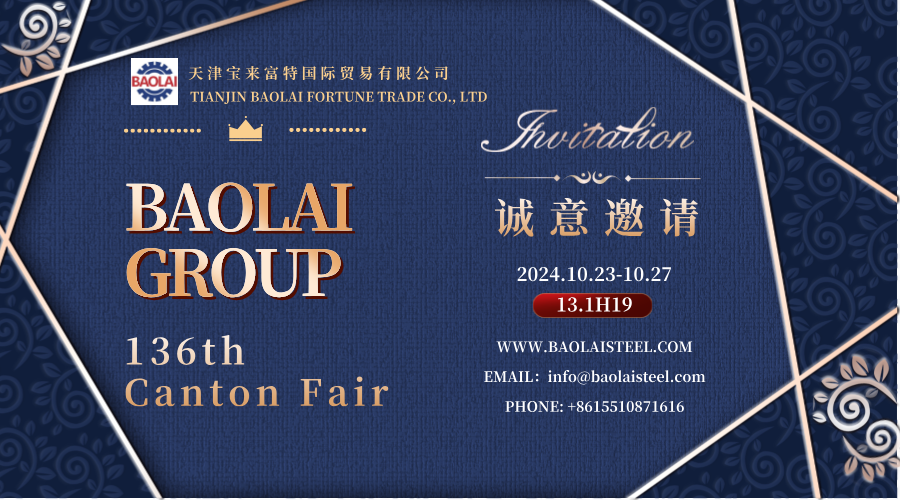
Steel plate cutting plays a vital role in the metal fabrication process, creating the precise shapes and dimensions required for a variety of applications. Whether you need to create structural components, mechanical parts, or complex designs, choosing the correct cutting method is critical to achieving the best results.
The Importance of Steel Plate Cutting
Steel plates are widely used in construction, shipbuilding, automotive, manufacturing, and other industries. The ability to precisely cut steel plates to specific dimensions is critical to ensuring structural integrity, meeting design requirements, and enabling an efficient production process. Plate Cutting allows custom plates to be tailored to project needs, allowing for cost-effective and just-in-time fabrication.
Different Methods of Steel Plate Cutting
There are several methods of cutting steel plates, each with its own unique advantages and considerations. Let’s explore some of the most common methods:
Shearing
Shearing is a traditional method of cutting steel plates that requires the application of high forces to separate the material. Suitable for cutting straight lines, often used for medium-thickness plates. Clipping offers simplicity and cost-effectiveness, but it can result in rough edges and limited precision compared to other methods.
Plasma Cutting
Plasma cutting uses a high-temperature plasma arc to melt steel plates. The molten metal is blown away, resulting in a clean and precise cut. Plasma cutting is known for its versatility as it can handle various thicknesses of sheet metal and is suitable for both ferrous and non-ferrous metals. It offers high cutting speeds and good precision, making it a popular choice for many applications. However, plasma cutting creates a heat-affected zone and produces narrower kerf widths.
Laser Cutting
Laser cutting is a high-precision and efficient method of cutting steel plates using a high-power laser beam. The laser beam melts and vaporizes the material, creating clean and precise cuts. Laser cutting offers exceptional precision, allowing for intricate designs and intricate shapes. It is suitable for thin to medium-thickness panels and produces smooth edges. However, laser cutting can be slower than other methods and can be more expensive for thicker plates.
Water Jet Cutting
Waterjet cutting involves the use of high-pressure water jets mixed with abrasive particles to cut steel plates. This method is versatile and can handle a wide variety of plate thicknesses and materials. Waterjet cutting does not generate heat, minimizing the risk of heat-affected zones. It provides clean and smooth edges, ideal for applications requiring high precision and minimal distortion. However, waterjet cutting is generally slower than other methods and can have higher operating costs.
Factors to Consider When Cutting Steel Plates
When choosing a slab-cutting method, several factors should be considered to ensure the best results. These factors include:
Sheet Thickness
The thickness of the plate is a key factor in determining the proper cutting method. Different methods have limitations on the maximum thickness they can effectively cut. Knowing the range of thicknesses for each method can help you make an informed choice.
Material Type
Different types of steel have different properties, including hardness and composition. Some cutting methods are more suitable for certain steel grades. For example, plasma cutting works well on carbon steel, while laser cutting is more effective on stainless steel. Knowing the material type is critical to achieving the desired cut quality and avoiding any potential problems.
Accuracy Requirements
Knowing the level of precision required is critical when choosing a method of cutting slabs. Certain applications require high precision, such as the aerospace or medical industries, where complex designs and tight tolerances are critical. Laser cutting is often the method of choice to achieve precise cuts, while other methods may be suitable for applications with less stringent precision requirements.
Cost Considerations
Cost is an important factor to consider when choosing a cutting method for steel plates. The cost of equipment, operation, maintenance, and consumables can vary greatly between different cutting methods. Additionally, the time it takes to complete the cutting process affects the overall project cost. It is critical to evaluate the cost-effectiveness of each method based on your specific project requirements and budget.
Choose the Right Steel Plate Cutting Method
Selecting the most appropriate method of plate cutting depends on a combination of factors, including plate thickness, material type, accuracy requirements, and cost considerations. It is critical to assess your specific project needs and consult with an expert or cutting service provider to determine the best approach. Consider the desired cut quality, project timeline, budget, and other specific requirements to make an informed decision.
Best Practices for Steel Plate Cutting
To ensure a successful steel plate-cutting operation, it is imperative to follow best practices and implement proper techniques. Here are some key suggestions:
Proper Equipment Maintenance
Regular inspection and maintenance of cutting equipment to ensure optimal performance and prevent any potential problems. Routine maintenance helps avoid downtime and maintain cut quality.
Safety Instructions
When cutting steel plates, safety is the priority. Make sure operators are trained in proper safety procedures and wear proper personal protective equipment (PPE). Implement safety precautions and measures to prevent accidents and injuries.
Cutting Speed and Feed Rate
Optimize the cutting speed and feed rate according to material, sheet thickness, and cutting method. Proper adjustment of these parameters can ensure efficient cutting while maintaining the desired cut quality.
If possible, choose a cutting method that minimizes the heat-affected zone (HAZ). Controlling heat input helps reduce the risk of material deformation and maintains the structural integrity of the cut piece. Proper cutting techniques, such as using proper cutting parameters, can help achieve this.
The above introduces some information about cutting steel plates. If you want to know more or want to buy steel plates, please contact us.
Founded in 1991, Lai is a comprehensive enterprise integrating industry, trade, and commerce. As a top custom steel plate and steel pipe manufacturer, we are specialized in the production, trade and import and export of steel plates, steel coils, fire pipes, ERW pipes, HDG steel pipes, seamless steel pipes, LSAW steel pipes, SSAW steel pipes and building materials. We have more than 20,000 tons of pipe products in stock.





